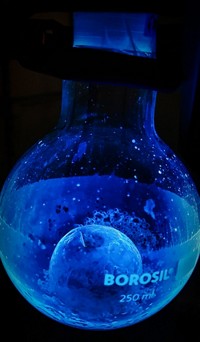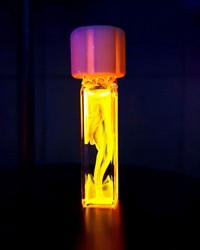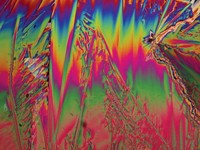Advertisement
Grab your lab coat. Let's get started
Welcome!
Welcome!
Create an account below to get 6 C&EN articles per month, receive newsletters and more - all free.
It seems this is your first time logging in online. Please enter the following information to continue.
As an ACS member you automatically get access to this site. All we need is few more details to create your reading experience.
Not you? Sign in with a different account.
Not you? Sign in with a different account.
ERROR 1
ERROR 1
ERROR 2
ERROR 2
ERROR 2
ERROR 2
ERROR 2
Password and Confirm password must match.
If you have an ACS member number, please enter it here so we can link this account to your membership. (optional)
ERROR 2
ACS values your privacy. By submitting your information, you are gaining access to C&EN and subscribing to our weekly newsletter. We use the information you provide to make your reading experience better, and we will never sell your data to third party members.
Photonics
Chemistry In Pictures
Chemistry in Pictures: Light show in a vial
by Manny I. Fox Morone
April 6, 2021

When we talk about fluorescence, we’re referring to electrons absorbing light energy and releasing that energy again as a different color of light. Usually this transition happens between a so-called singlet state and a ground state in a molecule. But regular-old fluorescent molecules don’t capture all the light that hits them, which means some energy goes to waste as heat and never gets re-emitted as fluorescence. Evgeny A. Mostovich of Novosibirsk State University wants to change that using thermally activated delayed fluorescent (TADF) compounds such as the one in this vial. TADF compounds fluoresce as a result of electronic transitions involving singlet states as well as triplet states that are energetically similar. In theory, using both of these transitions could make cheaper, much more efficient organic light-emitting diodes.
Submitted by Evgeny A. Mostovich. Follow @evgenymostovich on Instagram.
Do science. Take pictures. Win money. Enter our photo contest here.





Join the conversation
Contact the reporter
Submit a Letter to the Editor for publication
Engage with us on Twitter